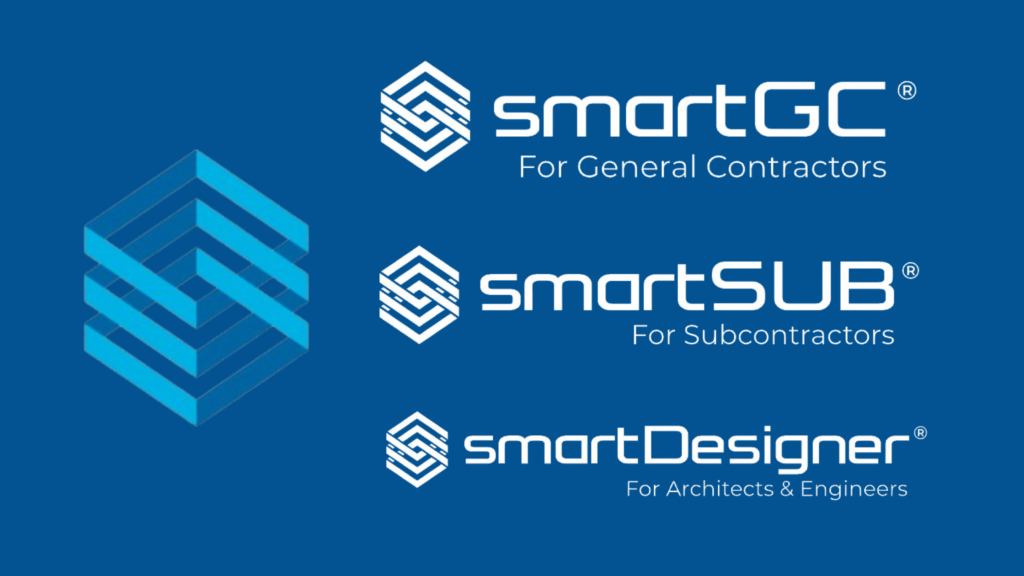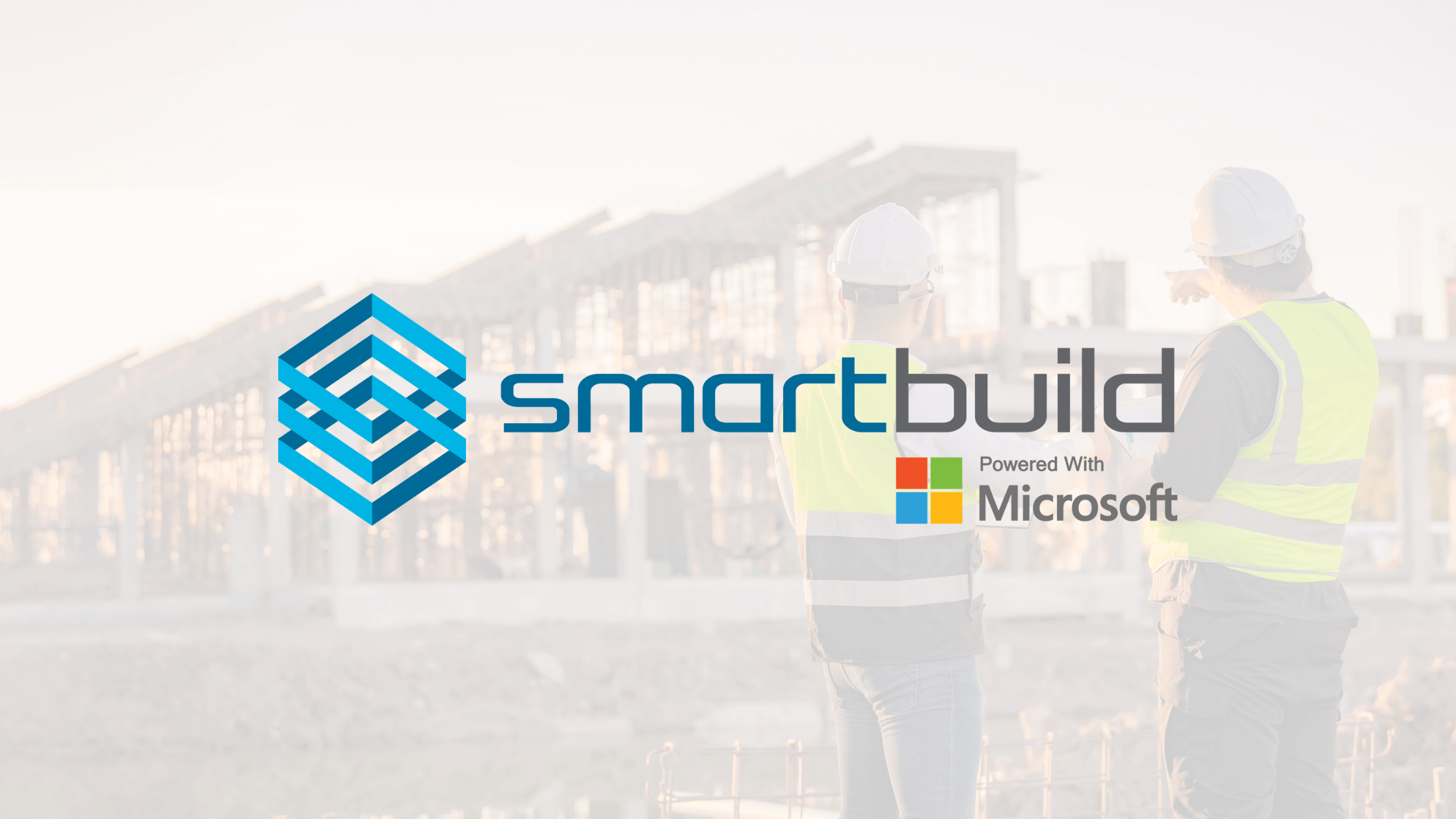Smartbuild is transforming project management in the construction industry by delivering a software solution built with contractors’ real-world needs in mind. Unlike other platforms, it offers flat-rate pricing and fast onboarding, allowing teams to start almost immediately. From managing contract delivery to overseeing labor production and sending out proposals, Smartbuild’s three platforms—smartGC, smartSUB, and smartDesigner—help contractors streamline their project delivery.
What sets Smartbuild apart from other project management tech companies
With so many project management software options available, finding a platform that meets the needs of all construction professionals is challenging. Smartbuild stands out by focusing on three often overlooked areas.
1. Data ownership
A defining feature of Smartbuild is its commitment to data ownership. Unlike many project management platforms where data ownership terms can be vague or favor the software provider, Smartbuild ensures that users retain full ownership of their data. This gives companies greater security and control over their information, an essential advantage for construction professionals who manage sensitive project details.
2. Ease of use
Ease of use is one of the main reasons contractors choose Smartbuild. Recognizing that complex software can hinder efficiency, Smartbuild’s onboarding process is fast and straightforward. With just one personalized demo tailored to the needs of each client, teams can be fully operational in as little as two hours. This focus on a streamlined setup helps construction professionals quickly familiarize themselves with the platform and begin managing projects with minimal disruption.
3. Cost-effectiveness
Smartbuild offers a unique flat-rate pricing model that contrasts sharply with competitors who charge based on a company’s revenue. Instead, Smartbuild’s cost is determined by the company’s regional reach—national or international—making it accessible and predictable for businesses of all sizes. This pricing structure allows companies to avoid unexpected costs and plan their budgets more effectively.
Pain points the software addresses
Whether you’re a building designer, a general contractor, or part of a sub-trade, you’ll often face tools that don’t fully address your needs. This leads to buying additional software and more growing pains. From high costs to steep learning curves and outdated technology, it’s a never-ending struggle to find the right fit. That’s where Smartbuild comes in. Their software addresses these pain points head-on:
- Tailored solutions for every role: SmartBuild offers specialized products to meet the distinct needs of general contractors, subcontractors, and designers. General contractors can efficiently manage project oversight and resource allocation, while subcontractors benefit from intuitive tools for task tracking and coordination. This approach ensures the full spectrum of project requirements is met, keeping teams unified and workflows running smoothly.
- Learning curve and usability: Many construction software platforms are built on outdated architecture, resulting in complex, unintuitive interfaces. Smartbuild uses Microsoft’s cloud computing and is designed with ease of use in mind, reducing the learning curve and encouraging adoption across teams.
- Speed: Built on Microsoft Azure, Smartbuild benefits from reliable, high-speed servers. Plus, with all the in-house coding, the platform operates on a lighter base code, enabling quick customization and responsiveness.
How has Smartbuild evolved over the years
Smartbuild’s evolution has been shaped by continuous feedback from its clients, allowing the platform to become more responsive to the various needs within the construction industry. Initially offering generalized demos, the Smartbuild team quickly realized that a tailored approach was more effective for adoption. Now, onboarding is fully customized to focus on the features most relevant to each client, reducing training time to just two hours.
Lessons learned along the way
As Smartbuild continued to refine its approach and platform, several key lessons emerged, leading to essential adjustments in how the software is packaged and implemented:
- Flexible customization: Clients across architecture, engineering, and construction (AEC) have shown that flexibility is key. Smartbuild has learned that one-size-fits-all solutions don’t work for a diverse client base, so the platform is built to accommodate variations and allow for more personalized use.
- Guided implementation: Rather than leaving clients to handle setup, Smartbuild actively assists with implementation. This hands-on approach keeps the onboarding process smooth and organized and keeps clients engaged, allowing them to ask questions and gain a deeper understanding of the platform. Typically, clients are fully operational within 10 days of signing a contract.
This adaptive approach has allowed Smartbuild to consistently improve its user experience and make switching from other software easy.
Core features and offerings behind Smartbuild

Smartbuild’s software offers three separate packages for targeted functionality tailored to general contractors, subcontractors, and designers.
SmartGC
SmartGC is aimed at general contractors and provides essential tools for managing contract delivery and mitigating risks. This module helps contractors stay organized and ensures that projects run smoothly from start to finish, focusing on critical areas like budgeting, timelines, and compliance.
SmartSub
Explicitly designed for subcontractors, SmartSub focuses on efficient labor management and crew productivity. It helps subcontractors coordinate their workforce, track progress, and manage work completion, making it easier to meet project goals without disrupting schedules.
SmartDesigner (coming soon)
Set to launch in early 2025, SmartDesigner will be an industry-first tool dedicated to designers. This module will streamline the process from proposal to contract close, providing designers with a comprehensive tool to manage their projects effectively. SmartDesigner is expected to bring new capabilities that fill a gap in construction project management by addressing designers’ unique workflow needs.
What makes Smartbuild unique as a company
Smartbuild sets itself apart from other construction tech companies by focusing on independence and innovation. Smartbuild has never relied on outside investors as a self-funded company, allowing it to prioritize customer-centric adjustments without pressure from shareholders. This independence enables Smartbuild to offer more cost-effective solutions and quickly respond to industry demands.
Another unique feature is the integration of Azure AI. The AI Assistant, powered by Azure, manages algorithms within the software, resulting in a lightweight, fast platform that enhances productivity. This blend of independence and advanced AI-driven technology positions Smartbuild as a forward-thinking leader in construction project management.
Future aspirations and direction
Looking ahead, Smartbuild aims to solidify its presence in the North American market and explore new ways to enhance its platform through innovative technology. By integrating additional IoT capabilities, Smartbuild plans to make project management even more efficient, enabling teams to have real-time insights and greater control over project resources. These advancements will help construction professionals streamline workflows, improve resource tracking, and optimize productivity, keeping Smartbuild at the forefront of construction project management innovation.
Want to stay ahead of the curve in the ever-evolving world of construction? Be the first to know what’s next in construction by subscribing to our newsletter for exclusive insights into the groundbreaking companies and technologies reshaping the industry—all delivered straight to your inbox.

